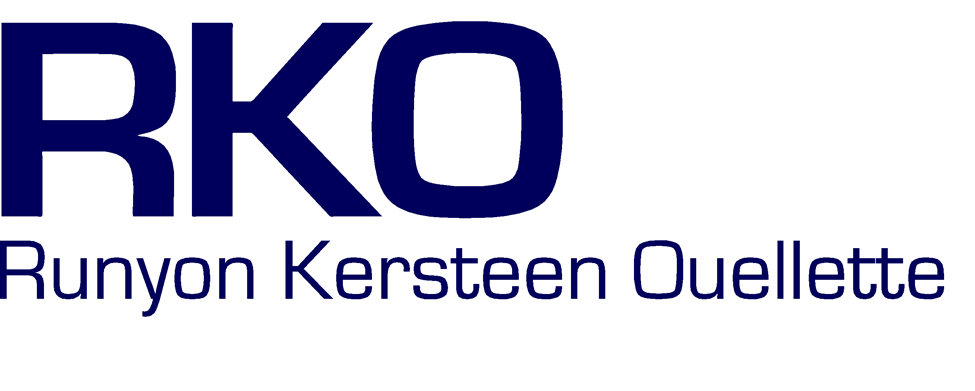Guidance on Accounting for Forgivable Loans Received Under the Paycheck Protection Program (PPP)
On June 10, 2020, the American Institute of Certified Public Accountants (AICPA) issued guidance with regards to how nongovernmental entities should account for a forgivable loan received under the Paycheck Protection Program (PPP). The AICPA outlined three methods in which the the PPP loans may be accounted for, depending on the organization’s structure.
For all nongovernmental business type and Not-For-Profit (NFP) entities:
- Organizations have the option to account for the loan as a financial liability in accordance with Financial Accounting Standards Board (FASB) Accounting Standards Codification (ASC) No. 470 and accrue interest in accordance with the interest method under FASB ASC No. 835-30.
Under FASB ASC No. 470 your Organization would record the loan as follows:
- Initially record the cash inflow from the PPP loan as a financial liability and accrue interest at the stated rate in the loan.
- Additional interest would not be imputed at a market rate.
- Record the proceeds from the loan as a liability until either (1) the loan is partially or wholly forgiven and the debtor has been legally released or (2) the debtor pays off the loan.
- Reduce the liability by the amount forgiven and record a gain on extinguishment once the loan is partially or wholly forgiven and legal release is received.
For NFP organizations:
- If you are a nongovernmental NFP entity, and you expect to meet the PPP eligibility to have your loan forgiven, you may account for the loan in accordance with FASB ASC No. 958-605, as a conditional contribution.
Under this standard, the timing of recognition for the funds received will depend on whether the contribution is conditional or not:
- If conditional, the contribution is not recognized until the conditions are substantially met or explicitly waived.
- The entity would initially record the cash inflow from the PPP loan as a refundable advance.
- The entity would then reduce the refundable advance and recognize the contribution once the conditions of release have been substantially met or explicitly waived.
For business type entities that are not an NFP:
- If you are a nongovernmental entity other than an NFP, and you expect to meet the PPP eligibility to have your loan forgiven, you can conclude the loan represents, in substance, a grant that is expected to be forgiven and may analogize to IAS 20 (see below), FASB ASC 450-30 (see below) or FASB ASC 958-605 (see #2 above).
IAS 20: Outlines a model for the accounting for different forms of government assistance, including forgivable loans.
- Funds received are recognized when there is reasonable assurance that (1) any conditions attached to the funds will be met and (2) the funds will be received.
- Funds are recognized as income over the period necessary to match them with the related costs, for which they are intended to compensate, on a systematic basis.
- Specifically, cash received should initially be recorded as a deferred income liability.
- Subsequently, the liability would be reduced with an offset to revenue as costs are recognized to which he loan relates (i.e. compensation expense).
- If the funds become repayable, it would be treated as a change in estimate.
FASB ASC 450-30: Outlines a model for gain contingency recognition.
- Funds received are recognized when all the contingencies related to receipt of the assistance have been met and the gain is realized or realizable.
- Cash inflow from the PPP loan is initially recorded as a liability.
- Proceeds from the loan would remain recorded as a liability until the proceeds are realized or realizable, at which time the earnings impact would be recognized.
